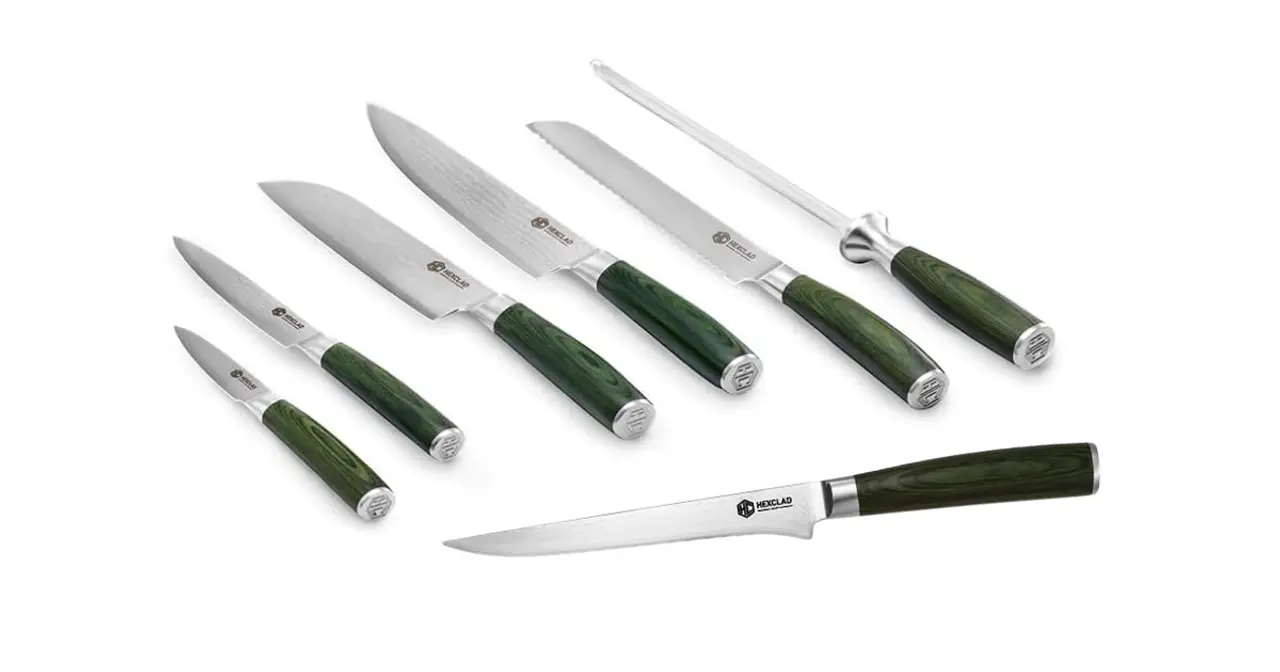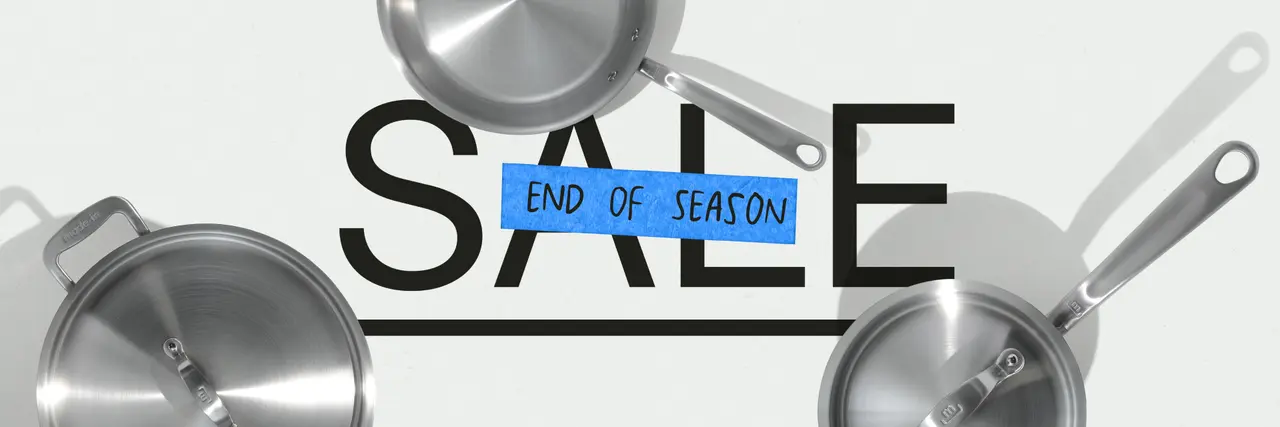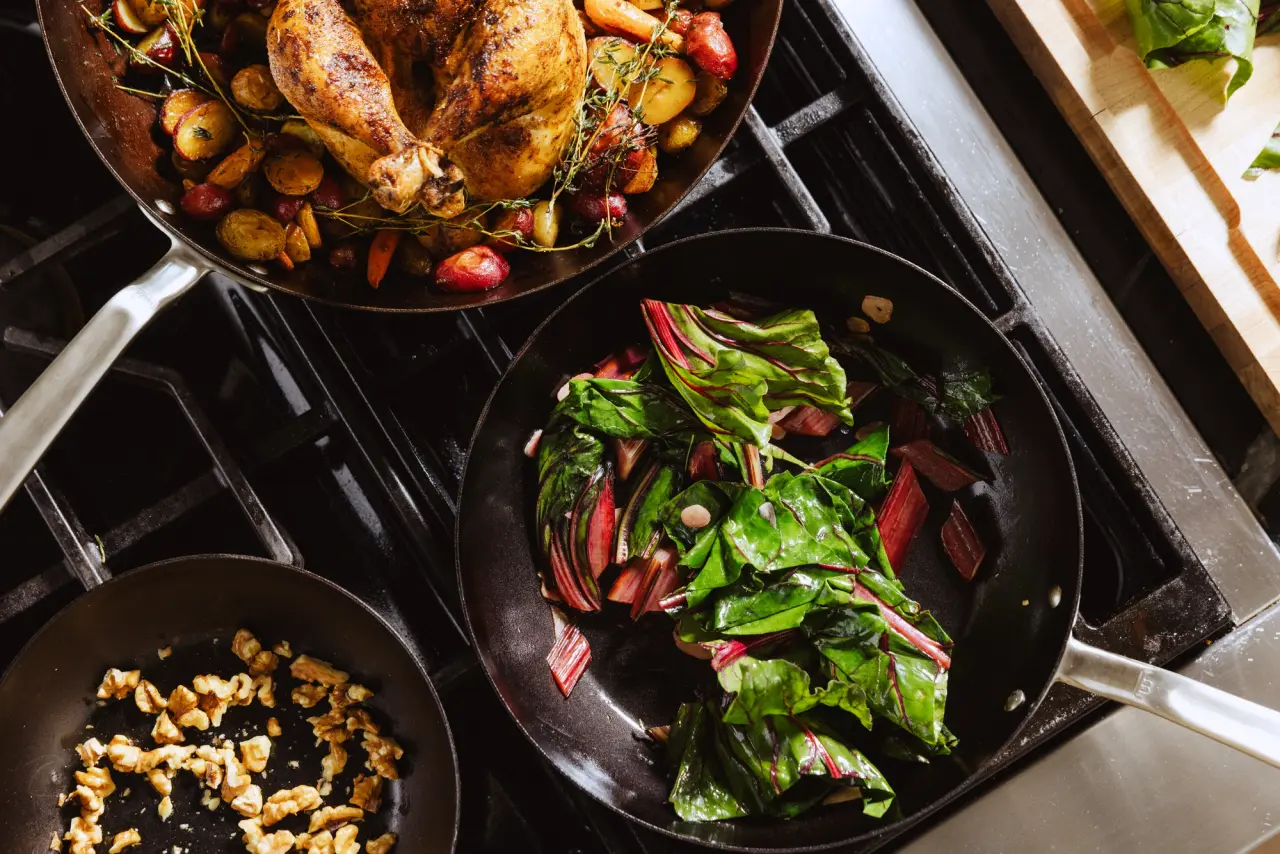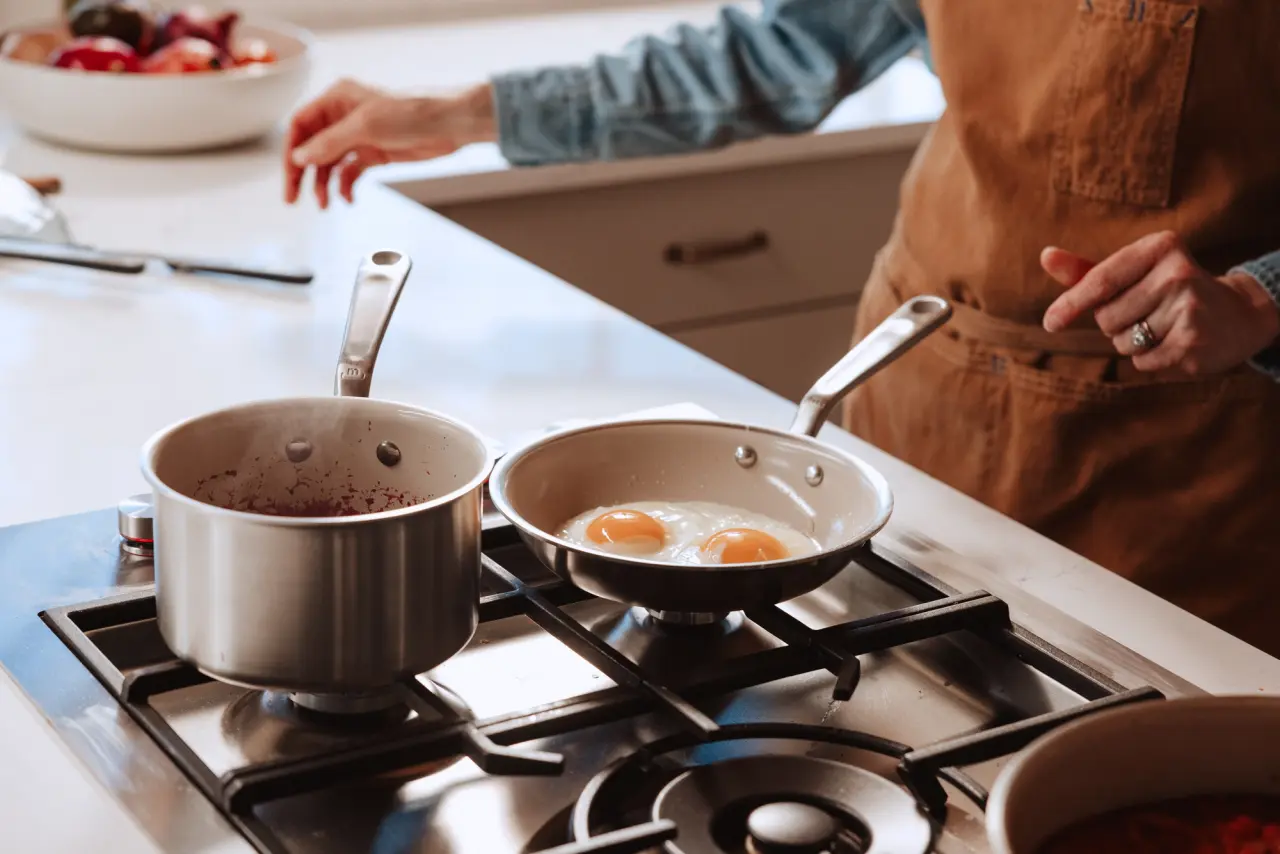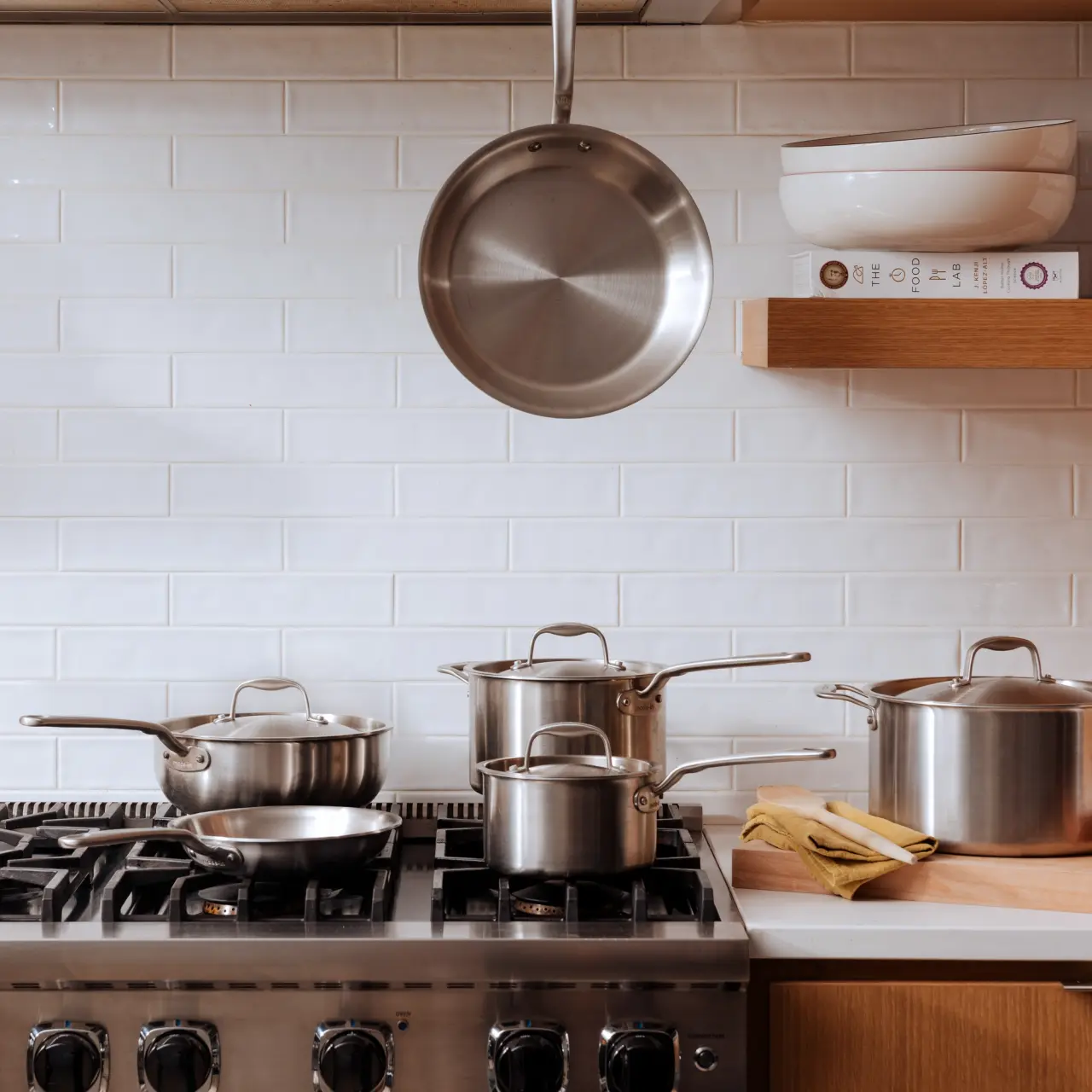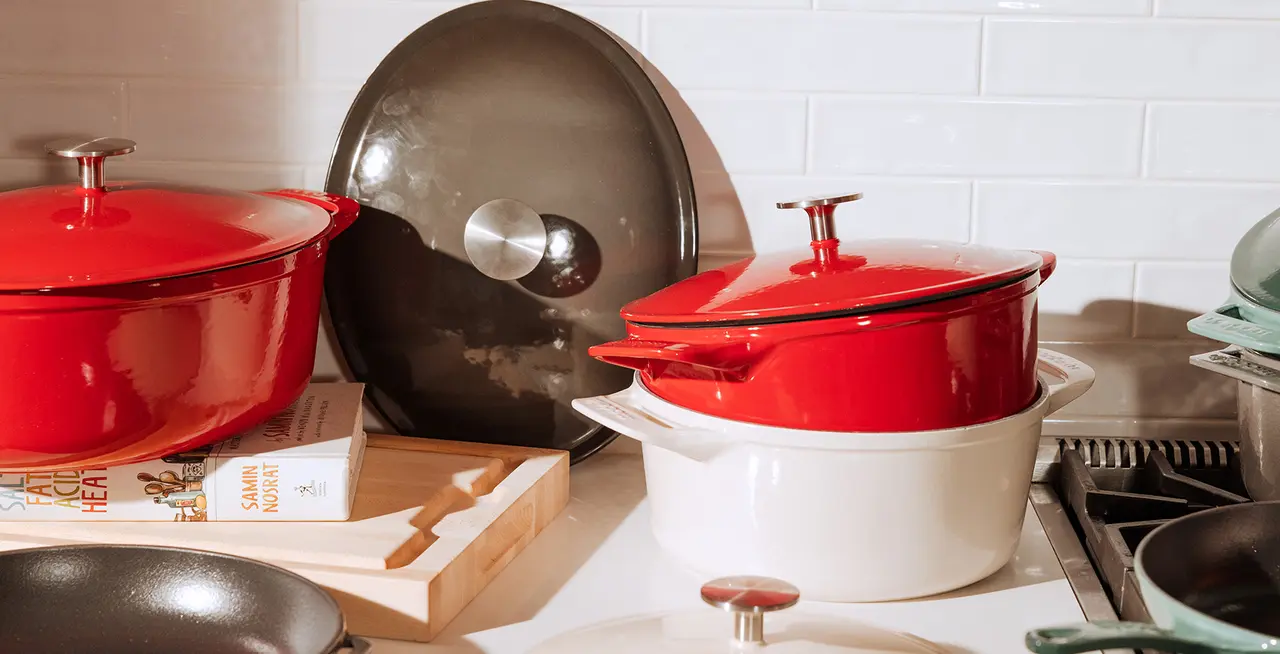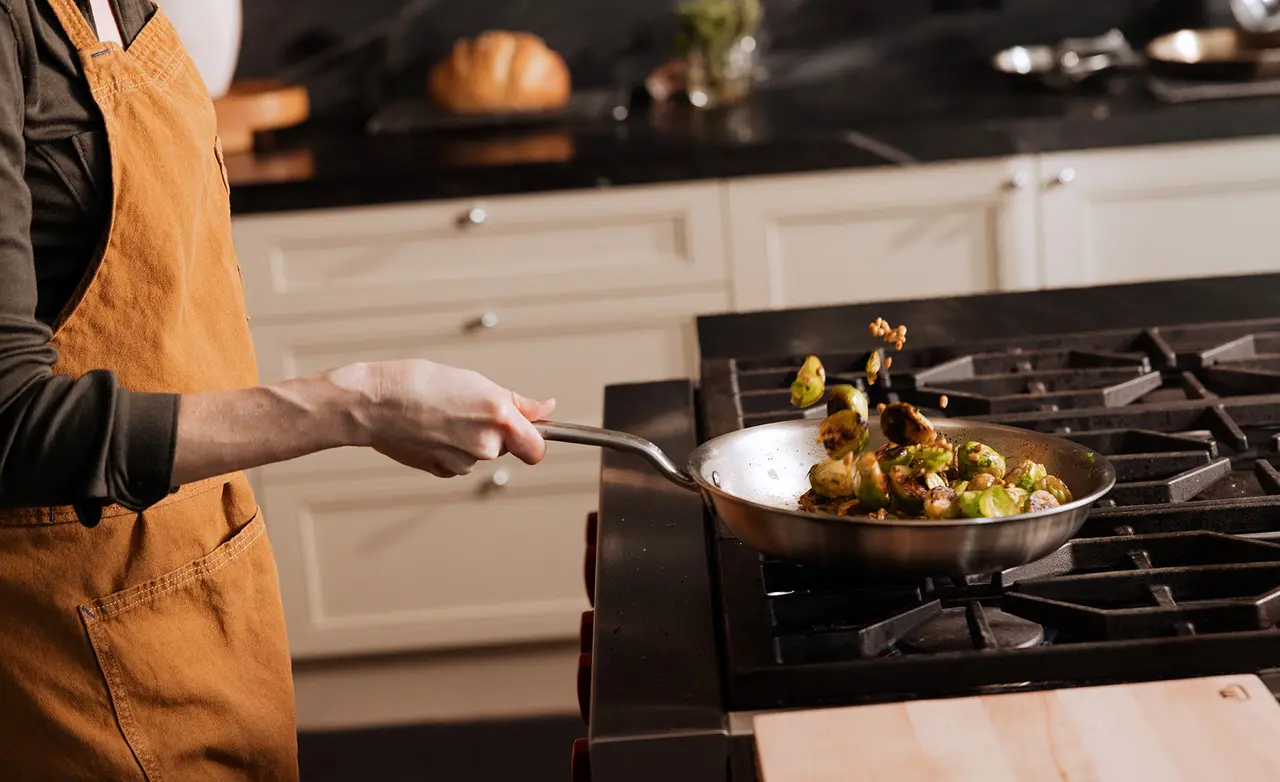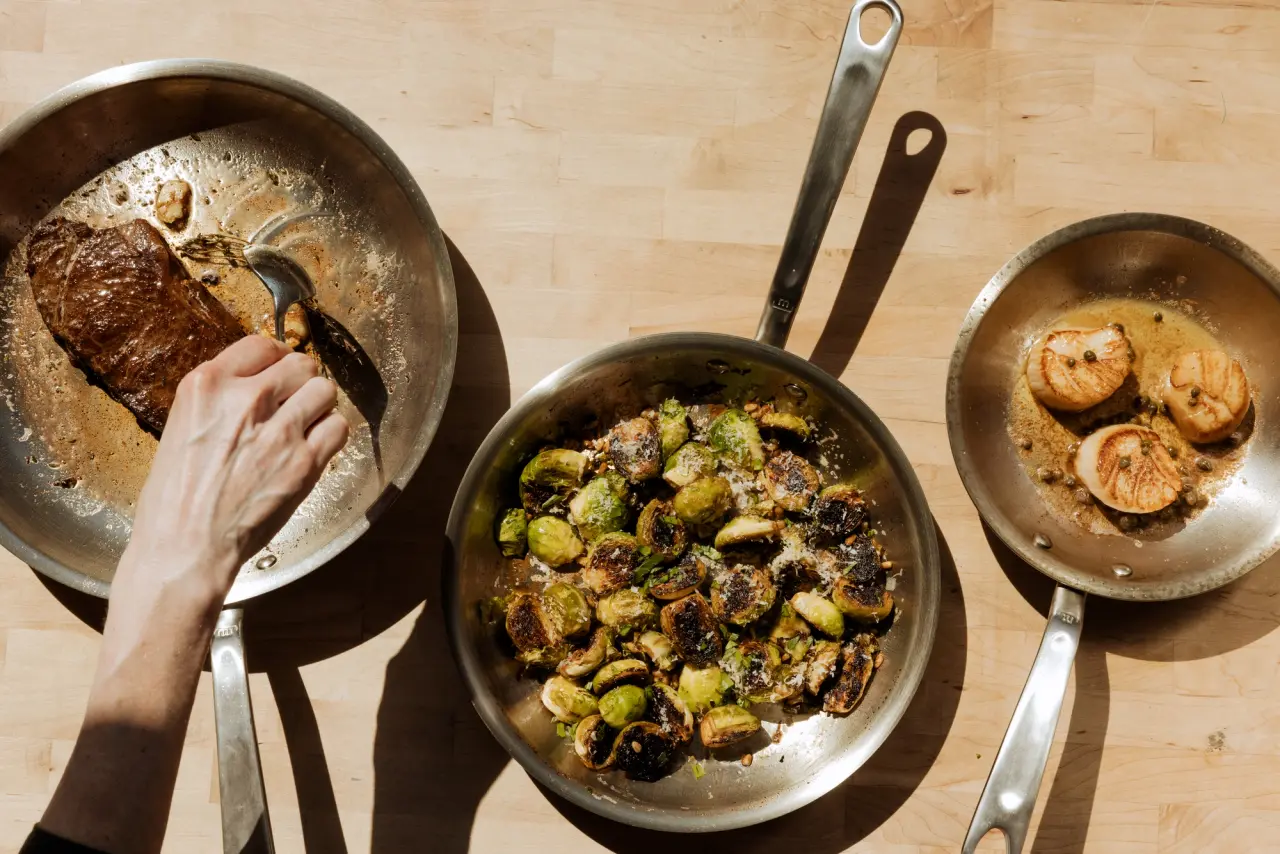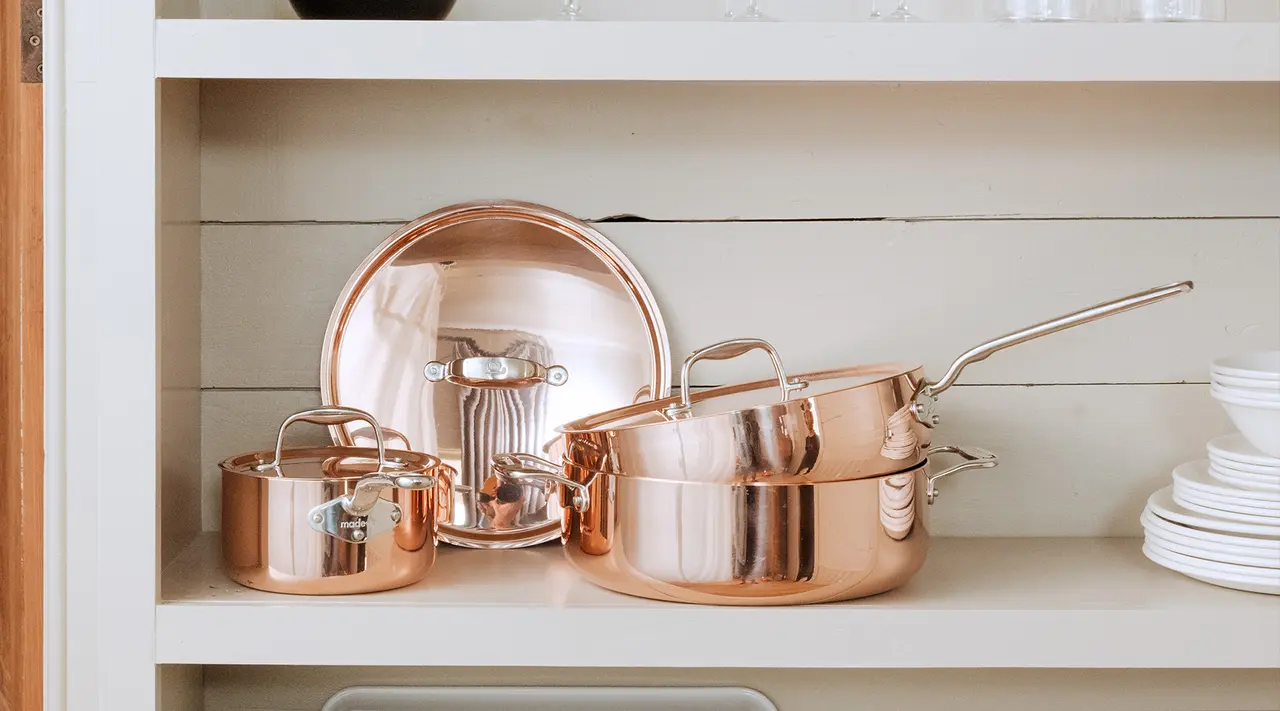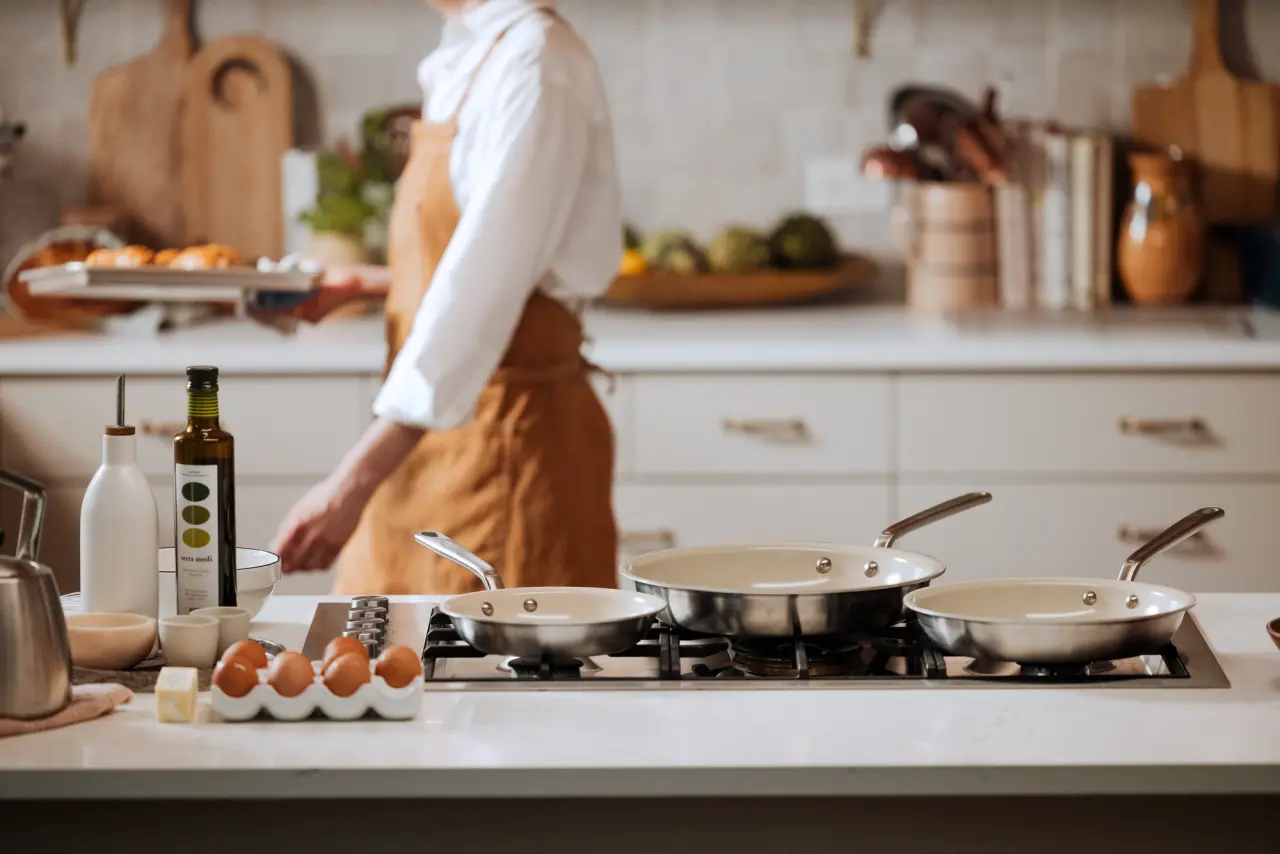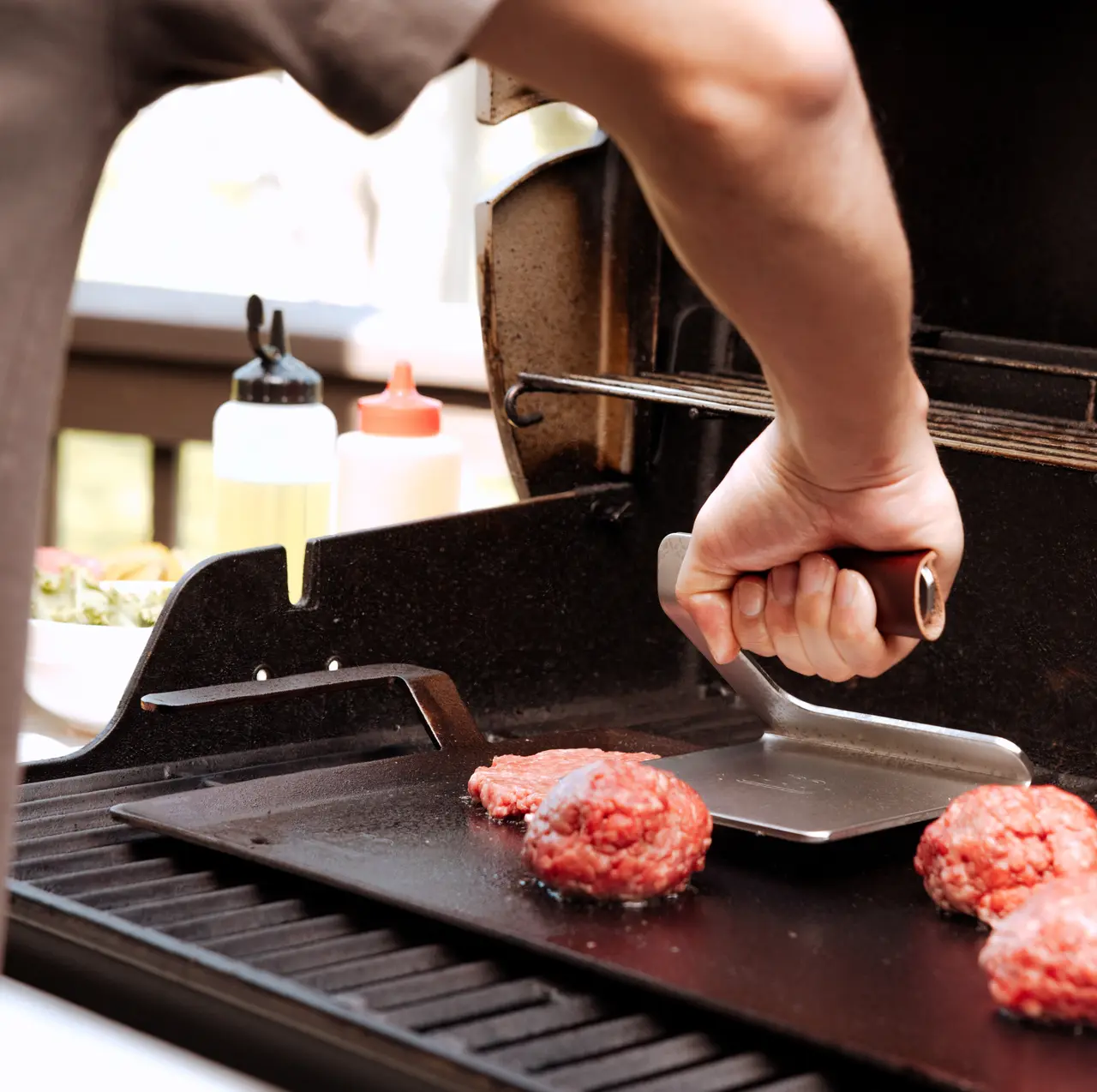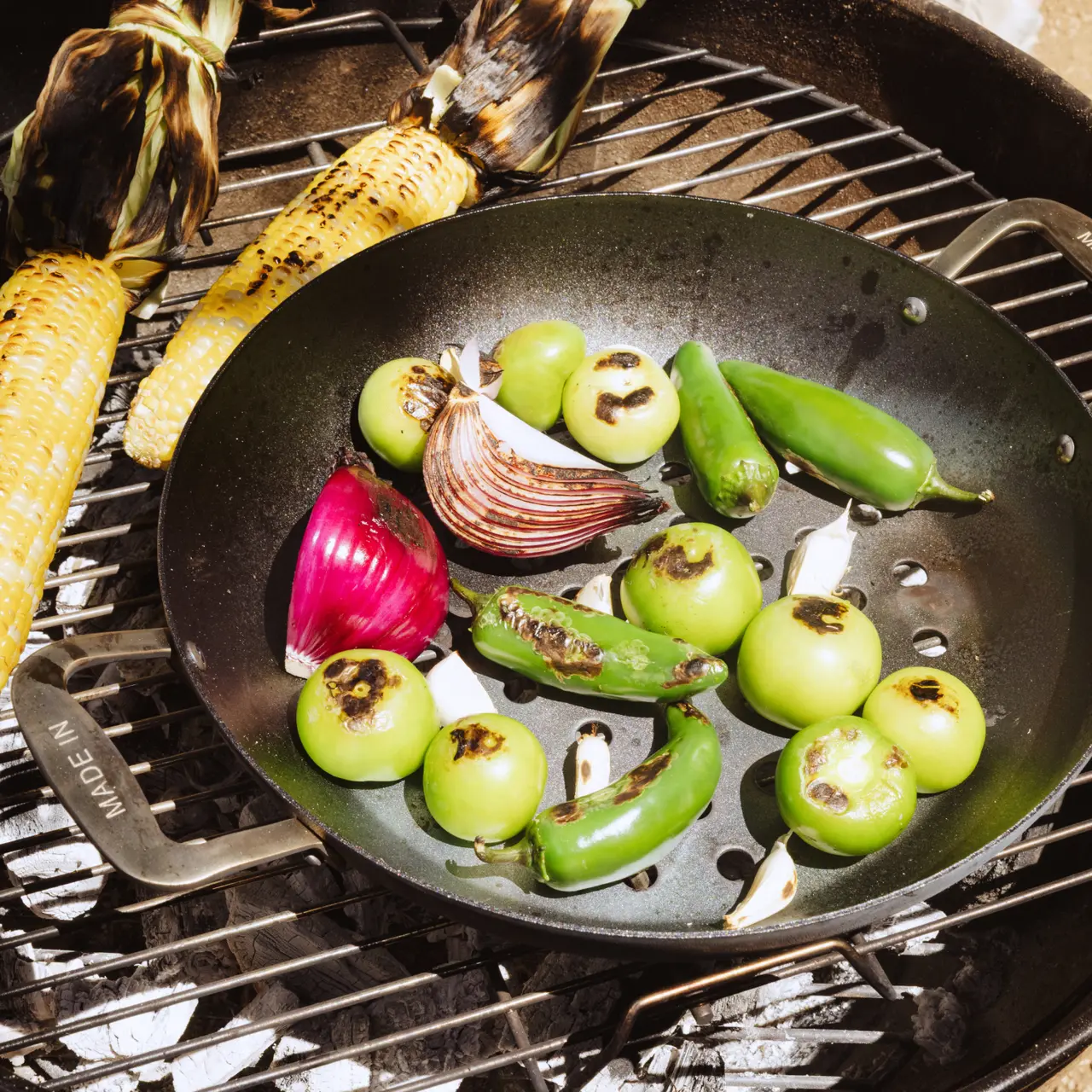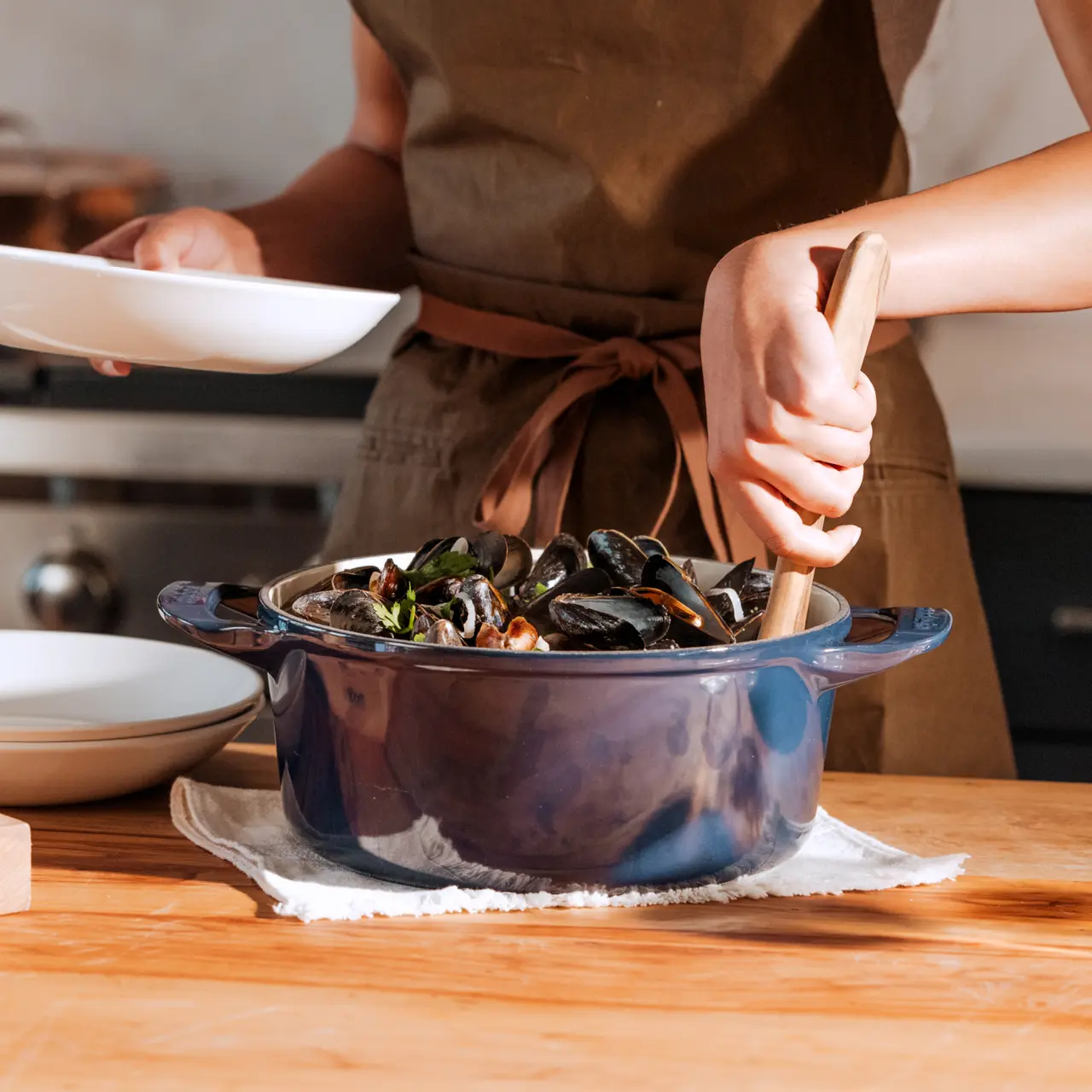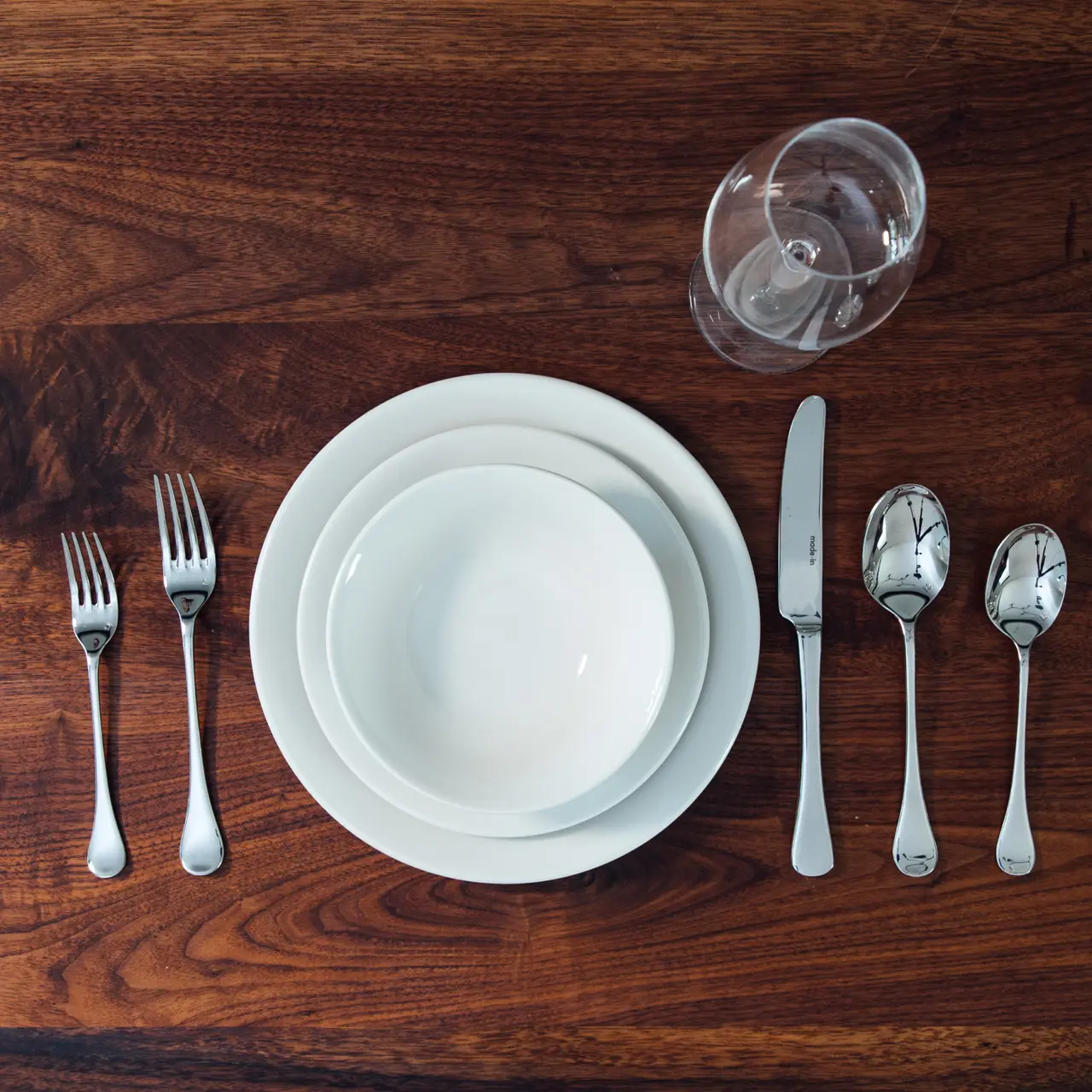In the cookware and kitchenware space, certain regions of the world have high-end connotations, such as, in this case, German steel knives or Japanese cutlery. Many companies take advantage of this association in their marketing, by importing blades or steel from these countries, manufacturing in China, and then marketing things like "Japanese Steel Knives" that are actually manufactured in China. HexClad is no different from this trend, shouting about "Japanese Damascus Steel" while producing their blades in China.
Consumers are encouraged to educate themselves not only on the materials used but also on how and where the product is put together. This is especially true when it comes to kitchen knives.
What is the Country of Origin for Hexclad Knives?
Hexclad knives are made in China but use steel sourced from Japan. This does not mean they are made with the same Japanese techniques that Japanese knives are renowned for; it simply means they purchased steel from Japan and then had it turned into knives in a Chinese factory. Almost all knives produced in China are fake forged, a process that involves buying a stamped blade and a separate bolster, then welding the product together to give the appearance to the consumer of a fully forged knife. This, however, is a much cheaper manufacturing process that yields a worse and less durable result. HexClad garners significant attention due to its marketing, which highlights its Japanese Damascus steel. However, Japanese artisans do not manufacture their knives.
Are HexClad Knives “Japanese Knives”?
No, Hexclad knives are not Japanese knives. Japanese knives have earned their stellar reputation through meticulous craftsmanship, attention to detail, and the use of high-quality steel. Hexclad uses Japanese steel, but a very different procedure and set of standards, including welded blades.
Premium Japanese knives are forged from one piece of steel to create an overall balance and comfort in your hand. Hexclad knives are welded together using steel from Japan, but are not constructed with the same painstaking process.
Consumers can usually tell the difference by looking at the bolster of the knife. If there is a continuous and visible transition from blade to tang, then it’s forged. If this transition is masked by the handle in some way, then it’s most likely welded together.
Steel Origin vs. Place of Manufacture
Sourcing Japanese steel does make a great knife. The Damascus process of integrating and layering multiple metals creates a harder steel with a sharper edge that retains its edge for longer. However, if this premium product is not treated with the utmost respect during the building process, then it puts the integrity of the whole knife at risk.
Those who are serious about their knives want a product that is built in a manner that matches the level of materials being used. It’s no different from cooking—you can start with the finest ingredients, but without the skill and tools of a world-class chef, they’ll never come together into something remarkable.”
How Forged Construction Methods Impact Quality
Full, Integral Tang— Forged construction involves building the knife out of one continuous rod of metal, which improves rigidity and long-term durability at the handle junction and balance of the knife. Made In's French and Japanese Knives use this type of construction.
Edge Stability and Retention—A refined and uniform structure allows the blade to maintain a finer edge that resists rolling and micro-chipping over extended periods of use.
Bolster Option—Forging can create an integral bolster that acts as a finger guard, improves pinch-grip comfort, and contributes to controlled balance.
Superior Balance—Adding mass where it’s useful helps center the balance near the grip, improving accuracy and reducing fatigue.
Quality Control—Forged knives typically come from processes with more handwork, dedication, and inspection. This attention to detail yields straighter blades, cleaner grinds, and better handle transitions.
Longer Life—More steel at the spine and heel allows for many sharpening cycles and even regrinds to extend the usable lifespan.
Western Style vs. Eastern Style
There are two different styles of knife making in the world, categorized into Western style and Eastern style. The best Western-style knives are typically made in Thiers, France, and Germany, and Eastern-style knives often come from Japan.
Western Style Knives
- Pronounced belly for rock-chopping; thicker spine and more robust tips for durability.
- The grind is often symmetrical, so it’s thicker behind the edge for strength.
- The weight and balance are heavier overall, with a balance point near the bolster.
- Western excels at rocking, heavy chopping, and a variety of general kitchen tasks.
- More forgiving of lateral stress, bones, and hard rinds; edges tend to roll rather than chip.
- Ideal for beginners, thanks to its durability, ease of care, and the availability of sharpening services and replacements.
Eastern Style Knives
- Flatter edge profiles for push/pull-slicing with a pronounced distal taper and fine tips.
- Many single-bevel options with one-sided grind.
- Thinner behind the edge, with Damascus cladding being very common.
- The sharpness and retention are extremely acute with refined edges and superior push-cut performance.
- Lighter blades with neutral or blade-forward balance provide excellent agility and feedback.
- Traditional octagonal or oval handles keep weight low, are pinch-grip friendly, and are often made with hardwood.
- Maintenance requires preferred water-stone sharpening, less steeling, and careful drying.
- Emphasizes precision slicing, straight-down chopping, and minimal rocking; excels with vegetables, fish, and fine prep.
What This Means for a Home Chef
Home chefs will appreciate the accuracy of Made In's properly forged knives made in Seki, Japan, and the durability of their knives made in France. It should give them peace of mind knowing their blades are made from the highest quality materials and are built by dedicated craftsmen who have been honing their skills for decades.
A forged knife is safer because its weight is balanced, and there is no chance of any part failing since it's made as a whole from tip to butt. Even if your knife skills are not at a professional level, a good-quality knife will help you perform better and keep you safe in the process.
Red Flags of Chinese-Produced Knives
- Heavy emphasis on “Japanese” origins, accompanied by vague language and a lack of clear source path information.
- Overreliance on the Damascus look and other cosmetics with few construction details.
The Best Alternatives to Hexclad
The best alternatives to Hexclad would be any knife made in Japan or France or Germany that is fully forged. These two places combine top-tier materials with centuries of hands-on knife-making craftsmanship.
8-Inch Olive Wood Chef's Knife—This fully forged Western-style knife is made in France and offers a solid weight with even balancing. Its durability is excellent for home chefs who like to serve a wide variety of foods, ranging from delicate vegetables to lean meats.
Santoku Japanese Damascus Knife—A layered Damascus steel knife that is compact and lightweight. It’s best used for chopping as it still has a bit of curve similar to a Western-style knife, but comes with a more precise edge than its Western counterpart.
Ready to Shop
Don’t be fooled by buzzwords like “made with Japanese steel”. What matters is where the knife is actually made, how it’s constructed, and who is behind the assembly. If you want the real thing, authentic Japanese or fully forged Western knives, buy Made In Cookware knives.
Made In has spent years developing relationships with local builders in Thiers, France, and Seki, Japan, to produce a premium line of knives that offer high-quality options in both Western and Eastern Styles. Home chefs have come to appreciate the range of choice and top-tier quality that Made In provides.
